Gordon Murray Automotive has unveiled the first iteration of its T.50 supercar. Further development is still to come, but most of the design details have been finalised
Built on a lightweight carbon fibre chassis that is supplied by the UK-based company Formaplex, the T.50 supercar has been meticulously engineered to enhance rigidity for a better ride and handling. The entire body is also made up of carbon fibre to save weight, and together with the chassis, the structure weighs less than 150kg.
Continuing on the lightweight theme, the windscreen is 28% thinner than a standard. Other areas of weight saving include aluminium housing used for the transmission and the extensive use of carbon fibre for interior components.
Another key focus for the Gordon Murray team was aerodynamics. A large fan mounted at the rear makes for a distinctive back end and is used to manage both underbody and overbody airflow. It accelerates the movement of air and forces it through control ducts to a diffuser that can contribute to downforce or reduce drag depending on the aero mode selected by the driver.

”Next-level aerodynamics allow us to avoid the current supercar trend for exaggerated wings, vents and ducts,” comments Murray. ”I was determined to create a clean and pure shape that would remain timeless, ensuring the T.50 will still look fresh in 30 years.”
The lack of vents and ducks is clearly visible, but the T.50 has other elements to bring an injection of character. The dihedral doors, for example, rise upwards when opened. The lower half of the doors are made up of the carbon fibre body, while the upper includes glass from the windows and the roof. The two upper glass parts almost converge at the centre of the vehicle above the driver when the doors are closed, save for a narrow “spine” that funnels air from the front of the vehicle to the rear fan.

At the front of the supercar are two LED headlights that are reminiscent in shape of those on Murray’s iconic F1. There are two cylindrical shapes on each light, with the outline acting as daytime and indicator lights, and the inner as the main beams. The rear lights are also cylindrical, and sit high above the honeycomb-shaped surfaces either side of the fan.
Inside, the T.50’s supercar pedigree stands out, with everything designed to deliver an exciting driving experience. The driver’s bucket seat is positioned front and centre, and is trimmed in a vivid orange colour to make it stand out. In contrast, two passenger seats are either side of the driver’s seat, but are pushed back and trimmed to blend into the rear bulkhead.
Most of the controls are accessed on narrow console to the right of the driver, including the gearstick which is finished in titanium. There are no touchscreens and everything is kept analogue with the idea of creating a more functional design feel and a stronger relationship between driver and vehicle.
“Comfortable, refined, spacious and easy to drive – not a typical description for a supercar with the capabilities, power or driver focus of the T.50,” Murray continues. ”I’ve designed this car to be used every day, with almost 300 litres of luggage and storage space, a premium stereo, and excellent air conditioning. From its exceptional visibility and compact footprint to ease of ingress and egress, the T.50 rewrites the supercar rulebook for usability.”

But things aren’t quite finished for the the team at Gordon Murray Automotive. They are yet to finalise the design of two rear-view cameras, but apparently they will not add to the width, ensuring the model remains as streamlined as possible. There will also be a third camera mounted inside the centre spindle of the fan for the reverse parking view.
The car is set to enter production in 2022. We will bring you any future updates to the T.50’s design on Car Design News.










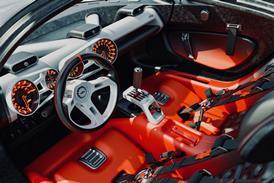







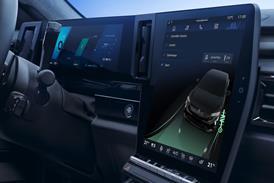

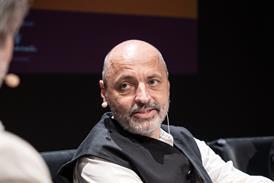


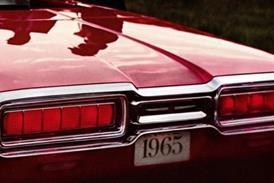









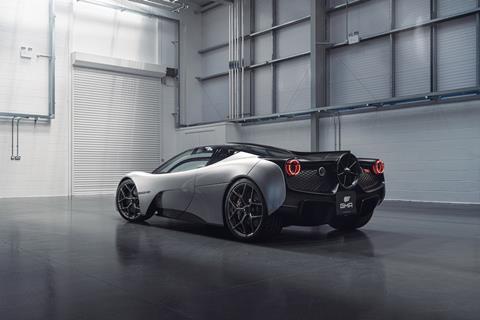






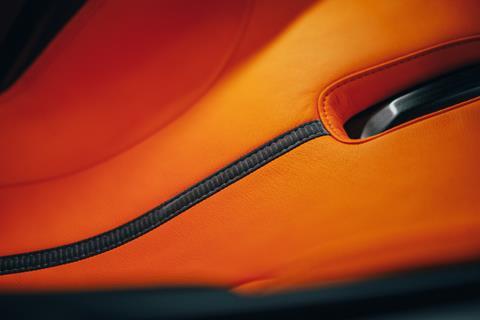
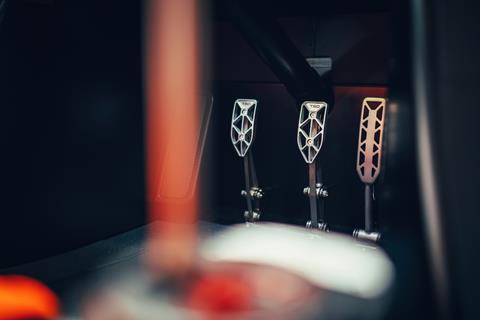


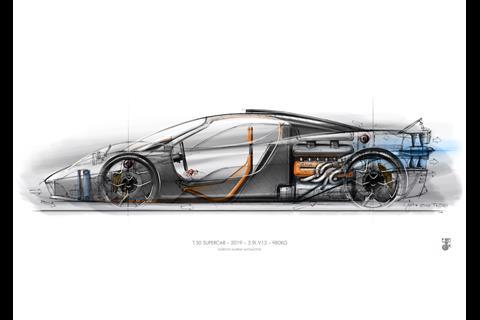


















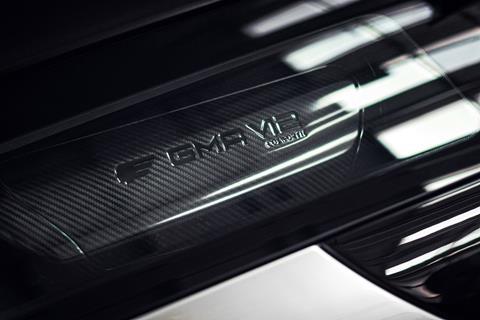


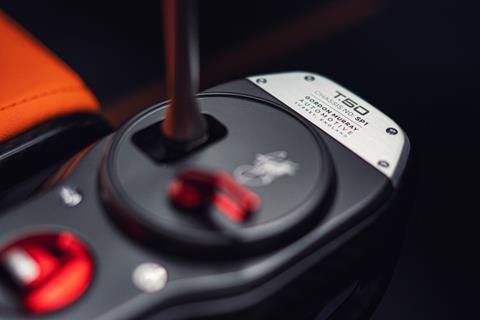
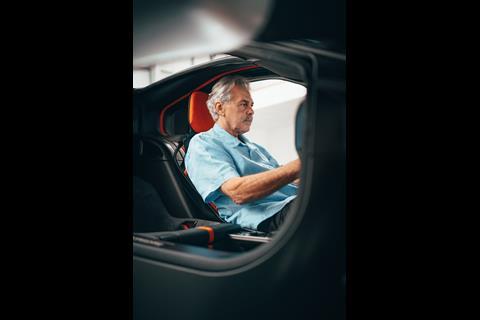






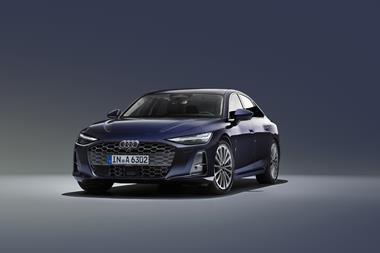
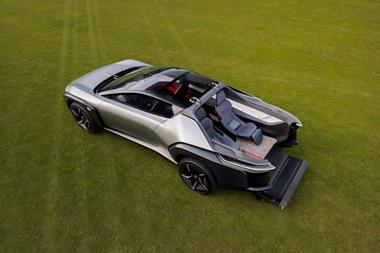



No comments yet